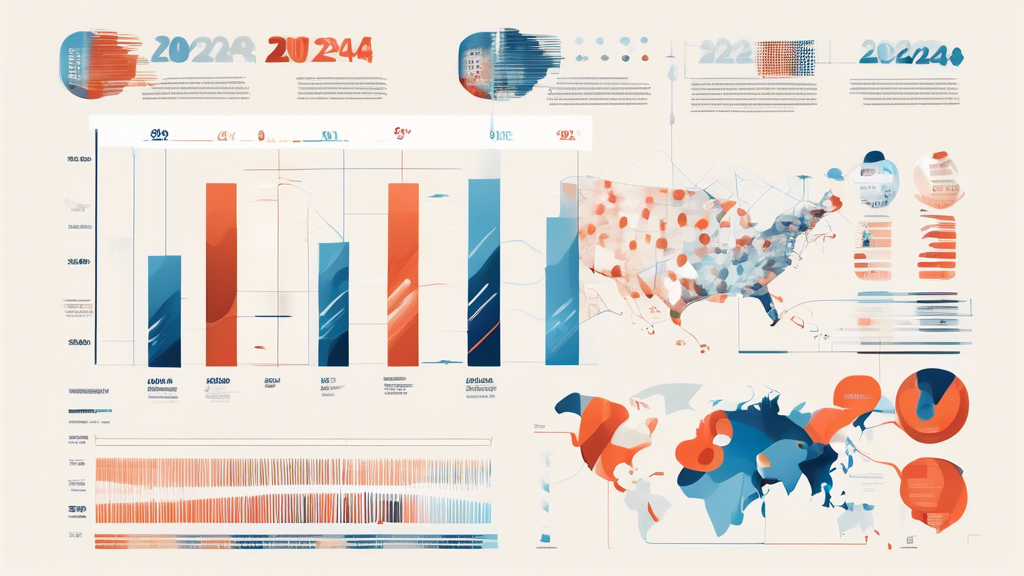
BLUF Polling Concerns: What’s Distorting the Figures in 2024?
As the 2024 election cycle intensifies, the accuracy of polling data has come under scrutiny. Analysts and political strategists are sounding alarms about the potential distortions in polling figures, particularly regarding the dynamics of voter behavior and turnout. This article explores the myriad factors that may be influencing these polling discrepancies.
Polling Dynamics and Interpretation
Recent discussions emphasize a cautionary approach to interpreting polls during what is being characterized as a realignment election. Richard Baris, alongside Steve Bannon, pointed out that traditional polling methods may not effectively capture voter sentiments, especially among demographics such as white voters who exhibit reluctance to engage with standard polling techniques. This response bias could lead to underrepresentation of Republican support in the forthcoming election.
Early Voting Trends
Data from early voting indicates notable trends suggesting a shift in voter sentiment. Reports highlight significant increases in turnout in counties that predominantly support Donald Trump, contrasting strongly with reduced engagement in historically Democratic strongholds. States like Georgia and Pennsylvania are witnessing these shifts, which could signal a more competitive race than projected.
Voter Mobilization Efforts
Mobilizing voters is emerging as a central theme among Trump supporters and strategists. Figures such as Steve Bannon and Rudy Giuliani have called for a comprehensive grassroots mobilization campaign. They stress the importance of individuals urging their friends, family, and neighbors to vote, as well as actively participating in poll volunteering and checking on voter registration statuses. This grassroots approach is deemed vital for success in 2024.
Media Narratives and Voter Focus
There is a pushback against prevailing media narratives that suggest panic among Trump supporters. Proponents argue for a focus on energizing the voter base, maintaining a steadfast ground game, and providing supporters with factual information instead of succumbing to fear-driven narratives. This perspective aims to counteract what they describe as media gaslighting tactics that may misrepresent the mood of the electorate.
Election Integrity
The integrity of the electoral process remains a pressing concern for many. Giuliani has sounded warnings about potential interference and emphasized the necessity for volunteer organizations dedicated to ensuring fair elections. Americans are encouraged to partake in efforts that uphold election integrity, showcasing a commitment to vigilance against any manipulation attempts.
Voter Registration and Turnout
Increasing Republican voter registrations have been noted in critical states like Pennsylvania, hinting at a possible electoral advantage for Trump. Activists are actively working to close the registration gap that has favored Democrats historically, striving to mobilize and register more voters in targeted communities. Strategic outreach initiatives are critical to sustaining this momentum.
Strategic Focus on Key States
Attention has shifted to crucial swing states such as Pennsylvania and Wisconsin. Strategists argue that winning these states will be vital for securing the necessary 270 electoral votes to claim victory. The focus remains on maintaining control of the House and possibly flipping the Senate, underscoring the importance of every vote in shaping the 2024 election landscape.
Conclusion
The complexities of polling, voter sentiment, and strategic mobilization contribute to a dynamically evolving electoral landscape as the 2024 elections approach. Acknowledging these elements is essential for understanding the current political climate and predicting potential outcomes. As polling metrics rise or fall in the coming months, the emphasis on integrity, engagement, and informed decision-making among voters will play a pivotal role in shaping the election narrative.
